One of the things that routinely grabs my attention at all the shrine sales around Tokyo are the boxes and piles of old photos and personal memorabilia lying around as if they were junk. I find it heartbreaking that these precious memories are out on the pavement for sale and often have the desire to buy them up, if for no other reason than to keep them safe for the spirits of those pictured. But I don’t have room to store them, nor much use for them either, so I rarely succumb. Most of the photos date to the 1920s and 30s and show a Japan long forgotten – a Japan in transition – a Japan before the war. The best ones make me wonder at the stories behind them. Was this a mother and son posing for shichi-go-san, the 7-5-3 year old traditional ceremony held for luck in November for children of that age?
Friends in town from Vienna this week took their seven-year old daughters to the shrine as this ritual is still practised. I love this Instagram photo of them in that there is a quality about it that approximates the photos of old.
What about this family? Mom and dad in traditional dress, the boys in military type school uniforms and perhaps an older daughter proudly holding her diploma. Girls in Japan still wear uniforms that look exactly like that one.
One of my favorites is this group, clearly on a pleasure outing. Dated 1926, it reminds me strongly of my very first post I ever wrote for this blog…
…featuring collectible matchbook covers from the same era.
And here we have a group of young soldiers posing in front of that unavoidable icon Mt. Fuji itself. I love the sakura (cherry) blossom photo corners and the contrast of their prettiness with the less savory side of military build-up.
This one is the biggest hoot I have come across so far – naked in the onsen (hot bath). Not much has changed since then…I have a similar photo of women friends and our kids in the onsen, but I’d be murdered if I posted it here (and possibly reported for lewd content)!
I think my fascination with these photos comes from my teenage years and my favorite ever Masterpiece Theater production — the 1980 dramatization of Nevil Shute‘s A Town Like Alice. Based on actual events, the book is wonderful, but the miniseries is one of those rare adaptations that surpasses the novel. Starring Helen Morse as a lovely and very “un-Hollywood” Jean Paget and a cheeky young Bryan Brown as Joe Harman, it tells the story of a young British woman trapped in Malaya by the Japanese invasion at the start of WWII. While the men are sent to prisoner of war camps, there is nowhere for the women to go, so they are marched around the country from commander to commander as no one wants to deal with them. Each week it ended on such a cliffhanger that my mother and I could barely wait until the following Sunday. I think it is a must see for anyone living in Asia or anyone who has watched Out of Africa more than once! The only problem is that I don’t believe it has been issued on DVD. I have the VHS if anyone wants to borrow it.
In the opening scenes of the series, the camera pans around Jean’s bedsit in postwar England – a 1948 London Olympics poster clues you into the date – and lingers for a moment on a black and white photo of a Japanese woman and three small children in a frame. The connection to the photo is completely unclear until much later in the story, but the relationship it involves is one of the backbones of the tale. I won’t tell you anymore as I don’t want to spoil it for you, but I think of that moment in the series every time I pick up an old black and white photo at a shrine sale.
So over the years I have smiled and laughed over these photos I find, but I have not brought any of them home with me. But this past weekend, two photos from a page in an album jumped out at me and I couldn’t leave them behind.
It was the beach scene that caught my eye; the adorable little boy with the parasol and perhaps older sisters looking on fondly. I had never come across any photos at the beach before. I think I’ll frame them together and take them with me to Ocean Grove to sit on my bookcase, just like Jean Paget.





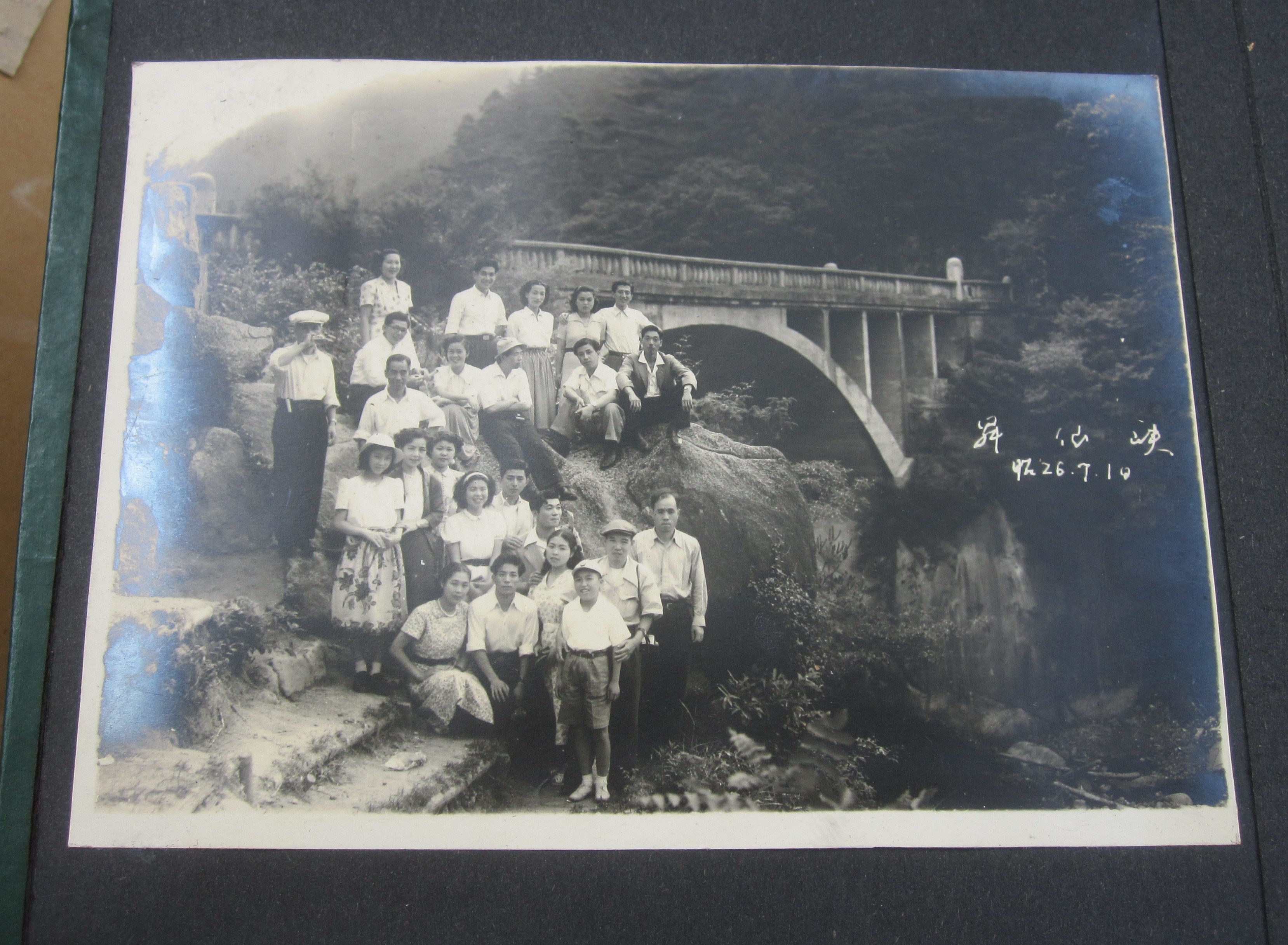
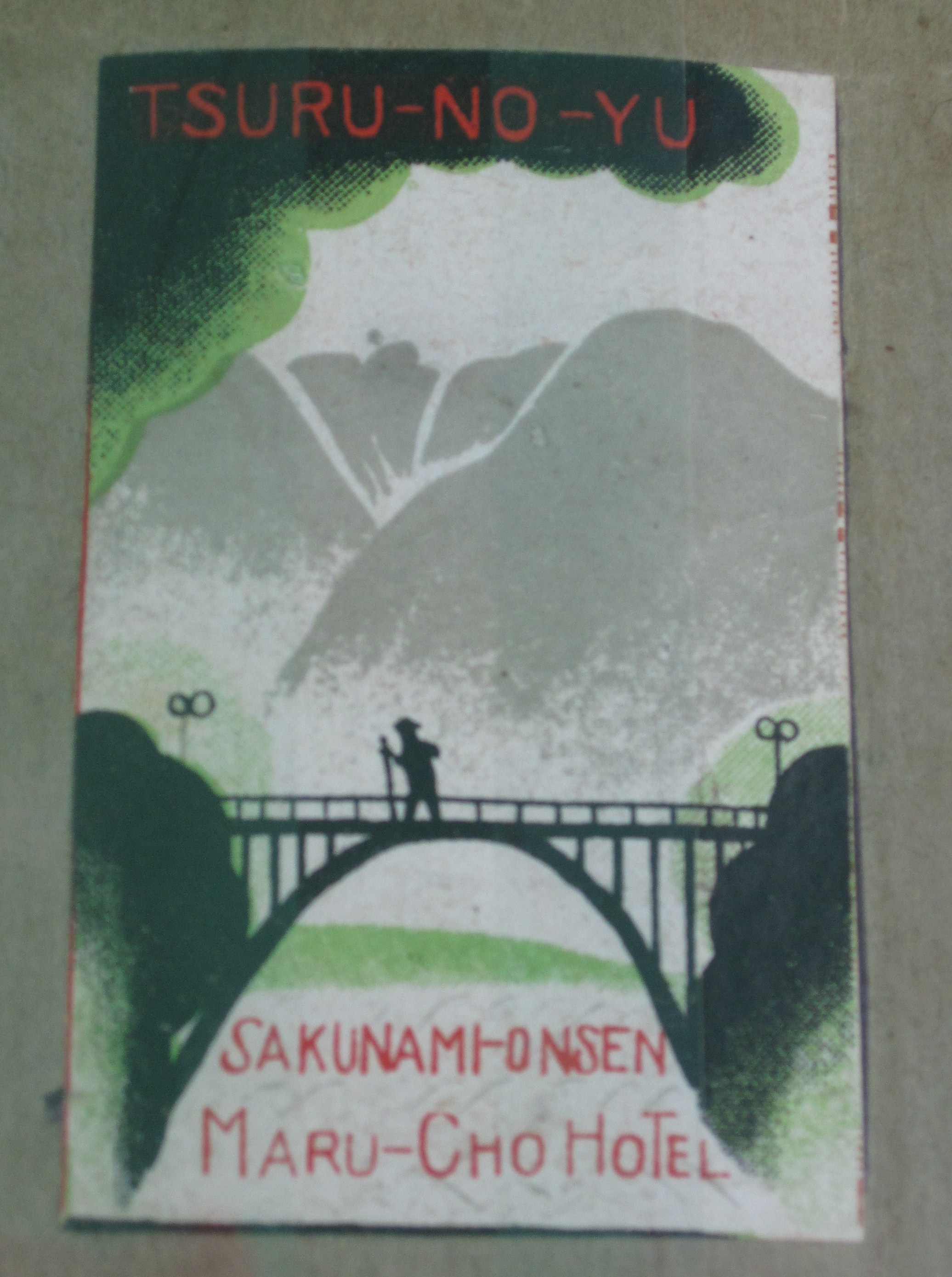
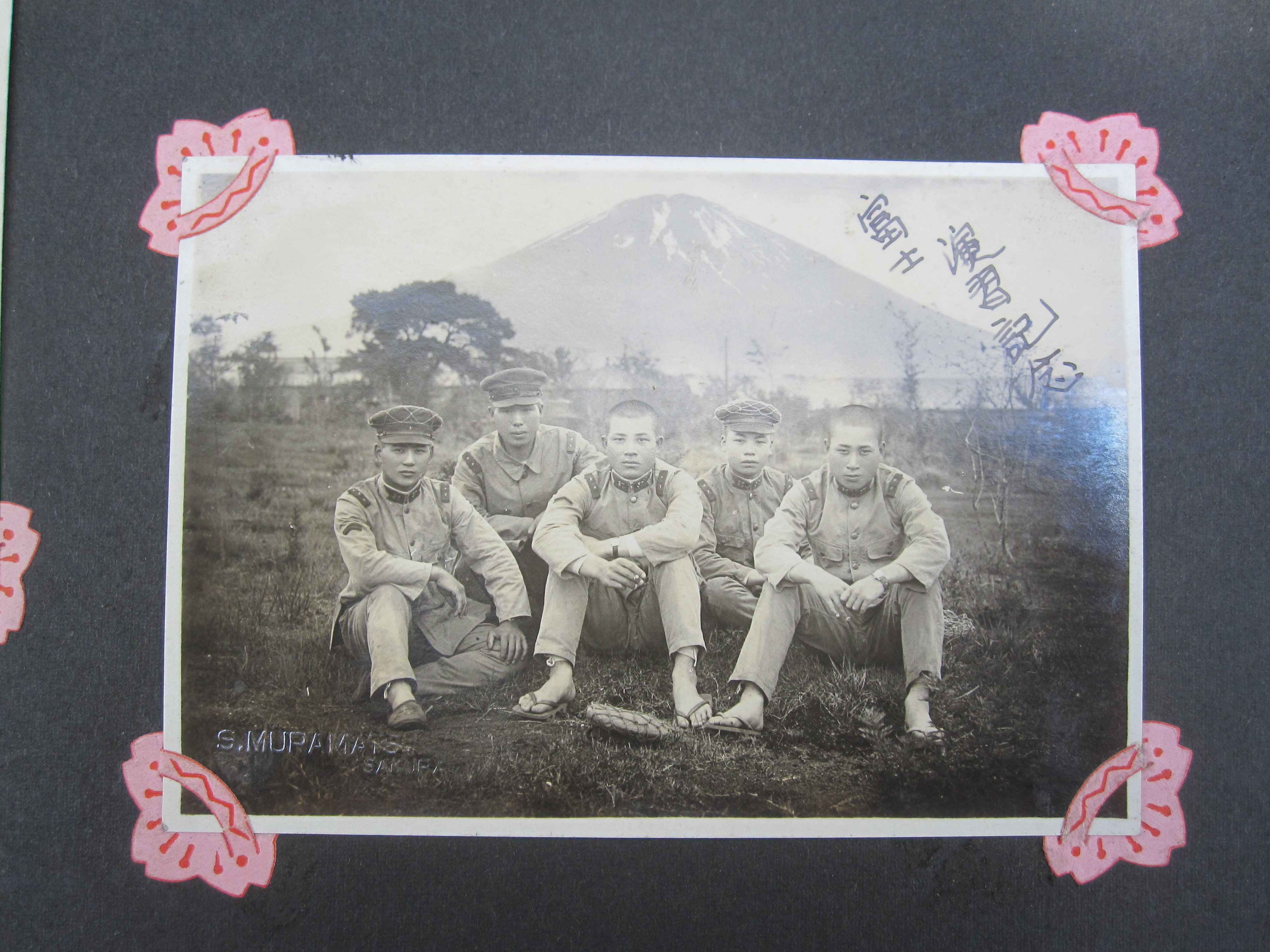
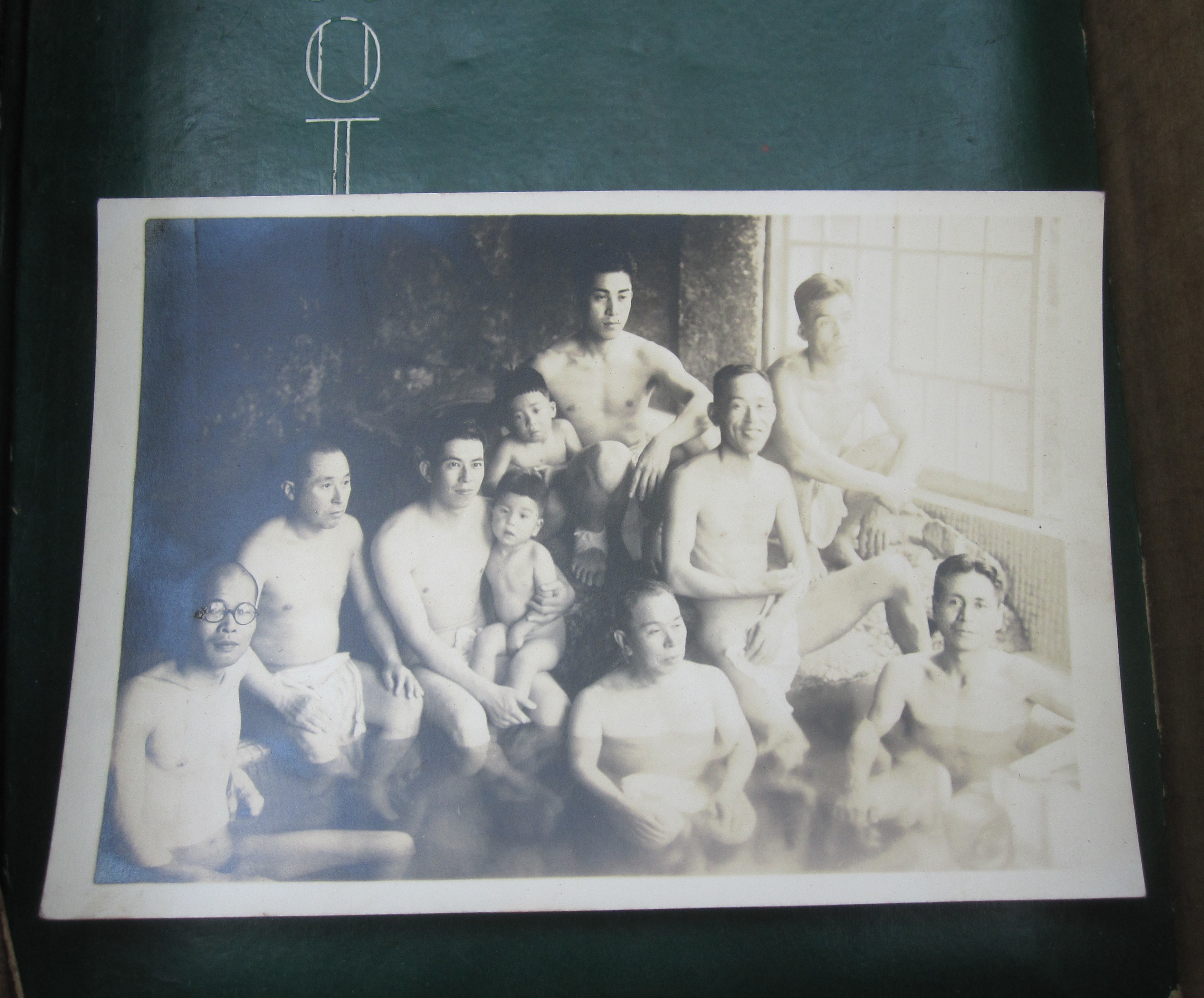
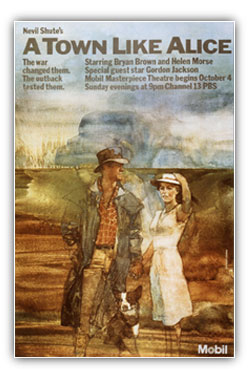
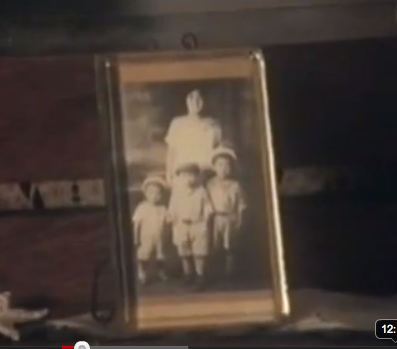
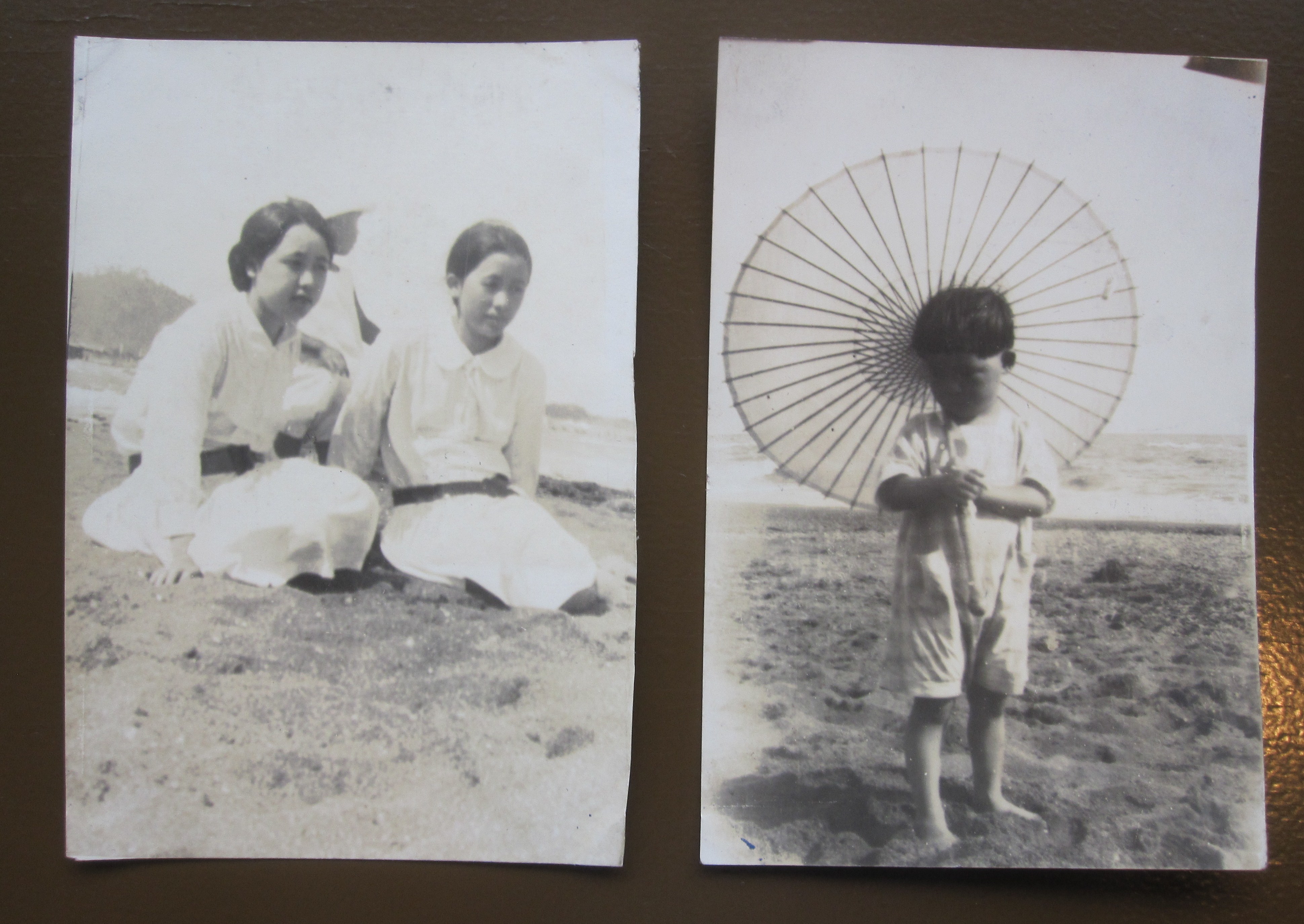
a beautiful post..thank you.
Thank you – it was dear to my heart!
I love your “Photos from the Past…” post–it is written in such a touching and endearing tone. And I want to borrow the V H S….
Thanks so much Patricia….and you are welcome to borrow the VHS!
love it. an inspired purchase. priceless.
Thanks!
If only I was closer to Tokyo (or even Japan), some really nice photos and what stories could be told from these albums. Here in England I think these old albums might be slightly more sought after, but unfortunately lots of them dont have location, names etc which seems to lessen their interest.
Also what is a shrine sale?
Maybe some of my postings would be worth a look at Reynard Collectables, there are photo collections in there.
Your albums are gorgeous! I am truly an ephemera junkie, with art nouveau postcards being my earliest purchases as a teen. Now my daughter is collecting them too…
Photographic and Literary Connections…”Miss Peregrine’s Home for Peculiar Children” « Tokyo Jinja
[…] photographs and other ephemera is dear to my heart and I have written about it before, particularly here. My newest fantasy is that Ransom Riggs decides to layer in the war in the Pacific to his story […]